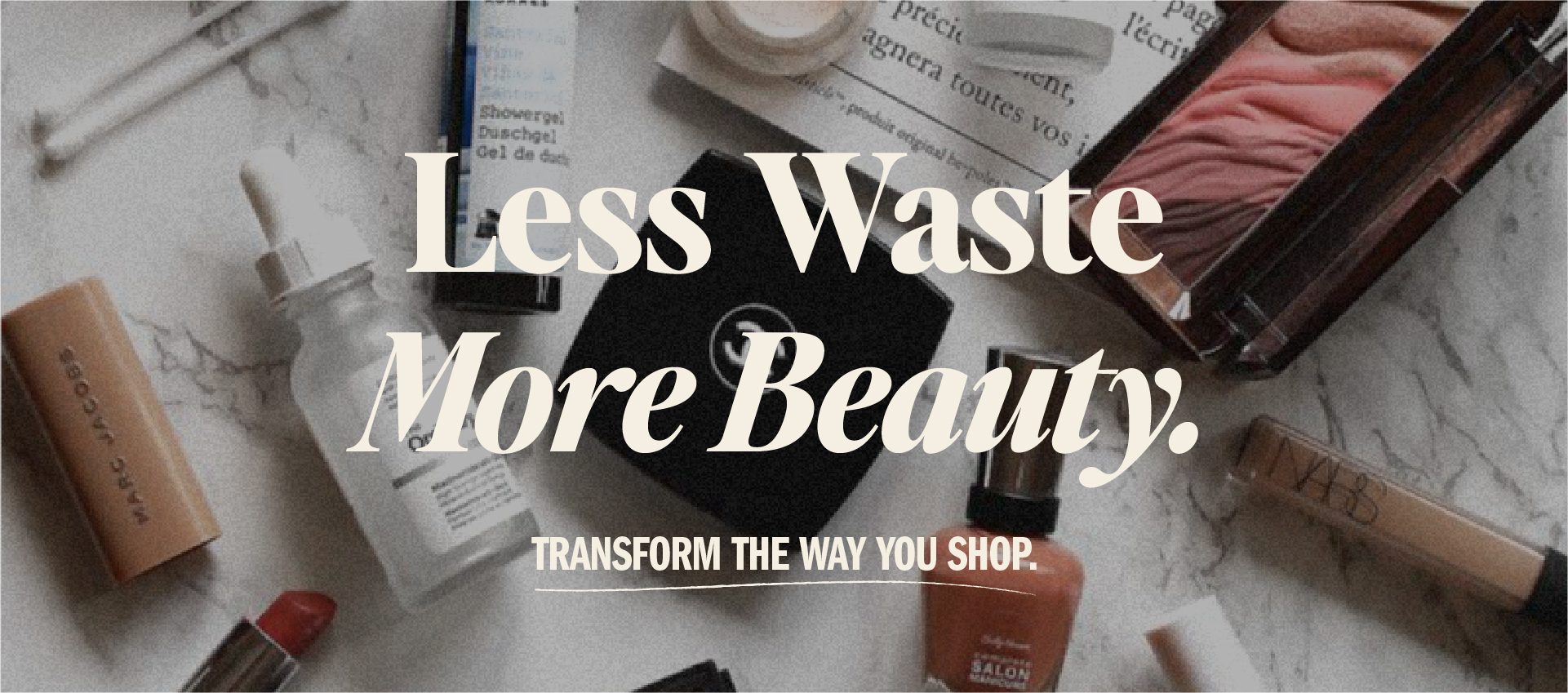
This Is Beauty Aims To Transform Conscious Beauty Shopping By Selling “Imperfectly Perfect” Products
E-tailer This Is Beauty wants to sell you damaged beauty products to help curb beauty’s big waste problem.
Launched simultaneously in the United States and the United Kingdom on June 7th, the platform lists 8,000 less-than-perfect makeup, skincare, haircare, fragrance, bath and body and wellness products from over 500 beauty brands. Brands available on the site include Estée Lauder, Elizabeth Arden, Paula’s Choice, The Ordinary, COOLA, BeautyStat, Aesop, Ilia Beauty, Bare Minerals, Briogeo, Ameliorate and Marvis. All products are discounted between 10% and 25% off the manufacturer’s suggested retail price, although customers can snag an additional 10% to 20% off through discount codes available on the site or by following the e-tailer’s new Instagram account.
“We’re selling imperfectly perfect products,” says This Is Beauty’s CEO Ian Pearson. “They’re products that on the inside are absolutely perfect, just as you would buy from a Sephora, Ulta or anywhere else, but on the outside they’ve had some damage along the way. People that come to This Is Beauty can not only save money when they shop, but they can also stop products potentially ending up somewhere more harmful to the planet than we would like.”
Products listed on This Is Beauty have been damaged at some point throughout the retail supply chain, from boxes falling off pallets in warehouses to customers returning damaged orders or products being knocked off store shelves. Unlike marketplaces like Mercari, You From Me and Glambot, This Is Beauty does not sell “gently used” or refurbished beauty products. Its ethos is similar to indie brands like Blue + Lola Organix, Dip and Flavedo and Albedo, which have all sold imperfect products in the past.
This Is Beauty sources its offering through two “large” European retailers, says Pearson, who declined to mention the names. The unsorted products arrive in large containers at the e-tailer’s Miami, Florida and Oxford, England-based warehouses, where employees sort through the load and assess the damage by using a guarded six-point check process.
Pearson says, “We don’t want anything that’s potentially contaminated, or has a piece of the plastic that’s fallen inside the product or anything like that. We are very, very thorough in our check process.”
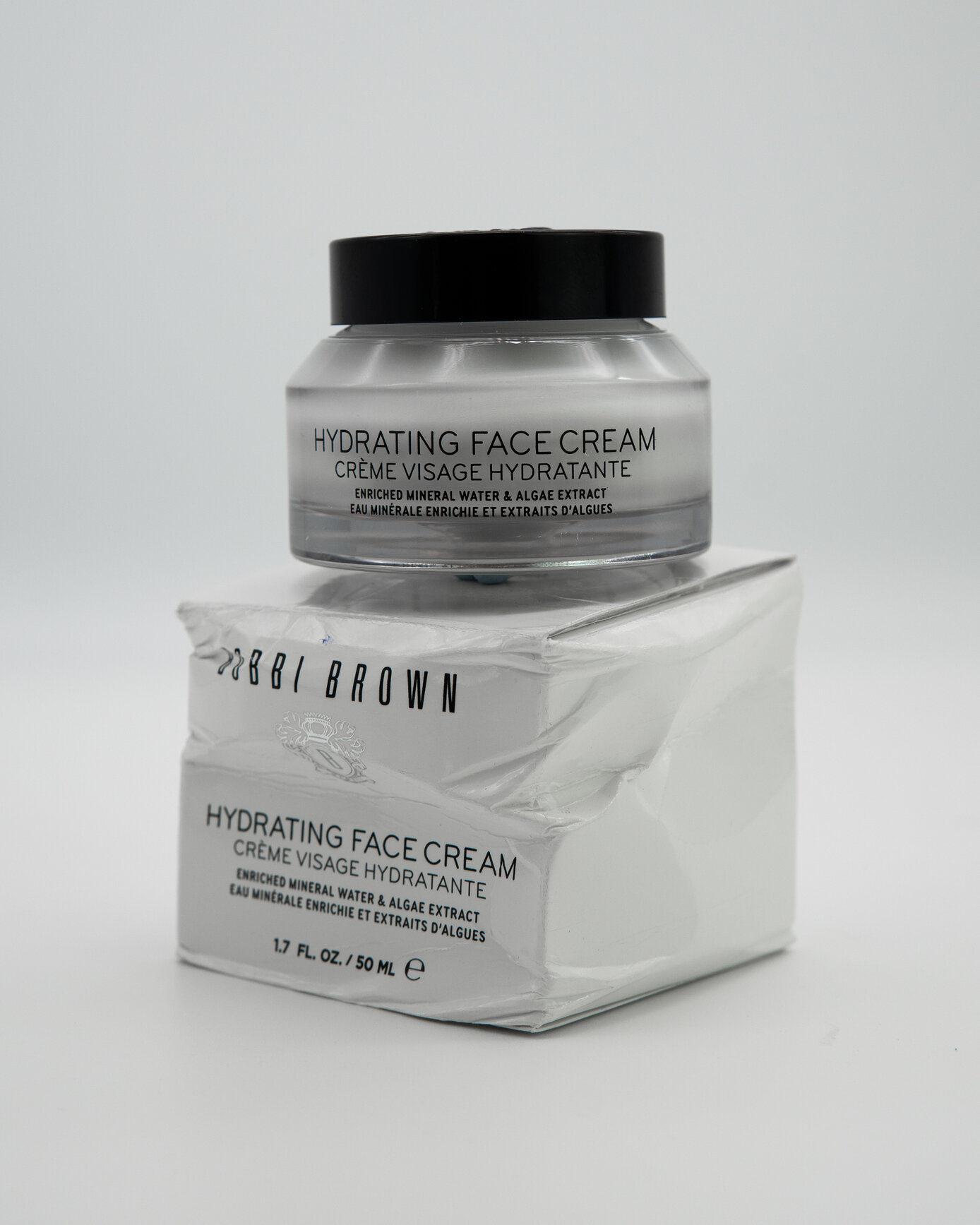
The products are sorted by eight different classifications: “new,” “imperfect box,” “imperfect container,” “missing box,” “missing lid,” “missing pump,” “damaged lid” and “small amount missing.” The latter classification includes any item that’s leaked up to 10% of its product due to a faulty cap or an issue during shipping. Contaminated products are emptied and their packaging and containers recycled locally where possible.
After the classifying process is complete, the products are then photographed and listed for sale on This Is Beauty. Pearson estimates that each product takes about five minutes to assess, classify, photograph and list. Between its two warehouses, the e-tailer is currently sitting on several millions’ worth of unsorted inventory, according to Pearson.
While its e-commerce platform may be new, This Is Beauty isn’t exactly new to the market. Pearson originally launched the company in 2017 while running a consumer electronics business that focused on reverse logistics.
“I started to understand the reverse process that retailers go through when a product is returned to a store or it becomes damaged to the point that they can’t put it on the shelves again,” he says. “From there, I realized that there was an increasing waste problem in the beauty industry but the market wasn’t quite ready to admit it yet.”
At the time, Pearson found that most retailers and brands were unreceptive to partnering with This Is Beauty. Instead of scrapping the business, he focused on building up its credibility. This Is Beauty soon scored its European retail partnerships and started selling damaged beauty products through third-party marketplaces like Etsy, Amazon and Depop. Pearson estimates that the business has resold upwards of 300,000 products to date. About 100,000 of that amount has been sold within the past year.
“I would say we’ve saved roughly seven to 10 full truckloads of product from going into landfill at this point. The ambition moving forward is to grow that to 70 to 100 truckloads a year,” Pearson says.
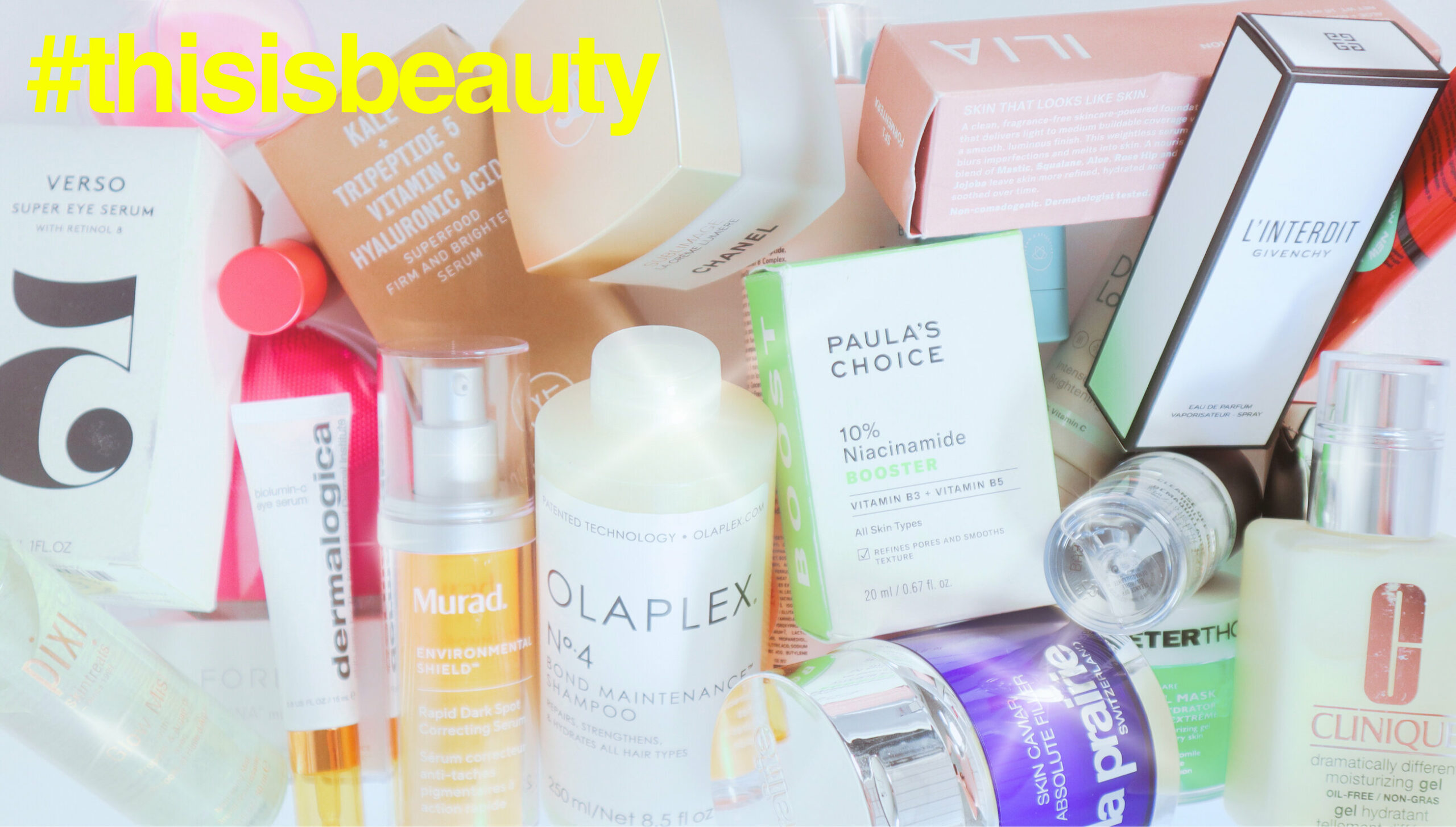
Much has been written about the beauty industry’s waste problem in the past few years, with multiple sources claiming that, of the hundreds of billions of units of beauty packaging produced every year, most of it goes straight into landfills. Key industry players like Credo have introduced initiatives that try to address such problems. In 2021, the clean beauty retailer partnered with the sustainable makeup brand MOB Beauty to launch Pact, a recycling program with a mission to handle hard-to-recycle beauty products.
Yet, waste problems persist. A TikTok video entitled “How returns are handled at the best beauty store ever” went viral in 2020 after showing an Ulta employee destroying returned products that were unused. In it, the employee said she was destroying the products to prevent people from “dumpster diving.”
As the industry comes to terms with waste, Pearson believes it’s the perfect time to launch This Is Beauty to the public and to revive conversations with American beauty retailers and brands. Over the next six months, the business is planning a big public relations push to re-introduce itself to those in the industry it hopes to formally partner with. Beauty brands that are currently partnering with large retailers or those that are sizable enough to have a problem with damaged products are being targeted by the e-tailer. With retailers specifically, Pearson is still anticipating a certain level of pushback to the business’s model.
He says, “We’ve got to be a credible partner with certain ethoses of our own. That’s going to be retailers’ biggest concern. We are effectively going to be competing with them with the same product, but ours is damaged.”
Still, Pearson theorizes that This Is Beauty fills a unique gap in the market. While brands and full-price retailers often offload unsold, damaged or soon-to-be discontinued products to large off-price retailers like TJ Maxx, Marshall’s or HomeGoods, This Is Beauty accepts smaller quantities of products that can be as minuscule as a singular damaged unit.
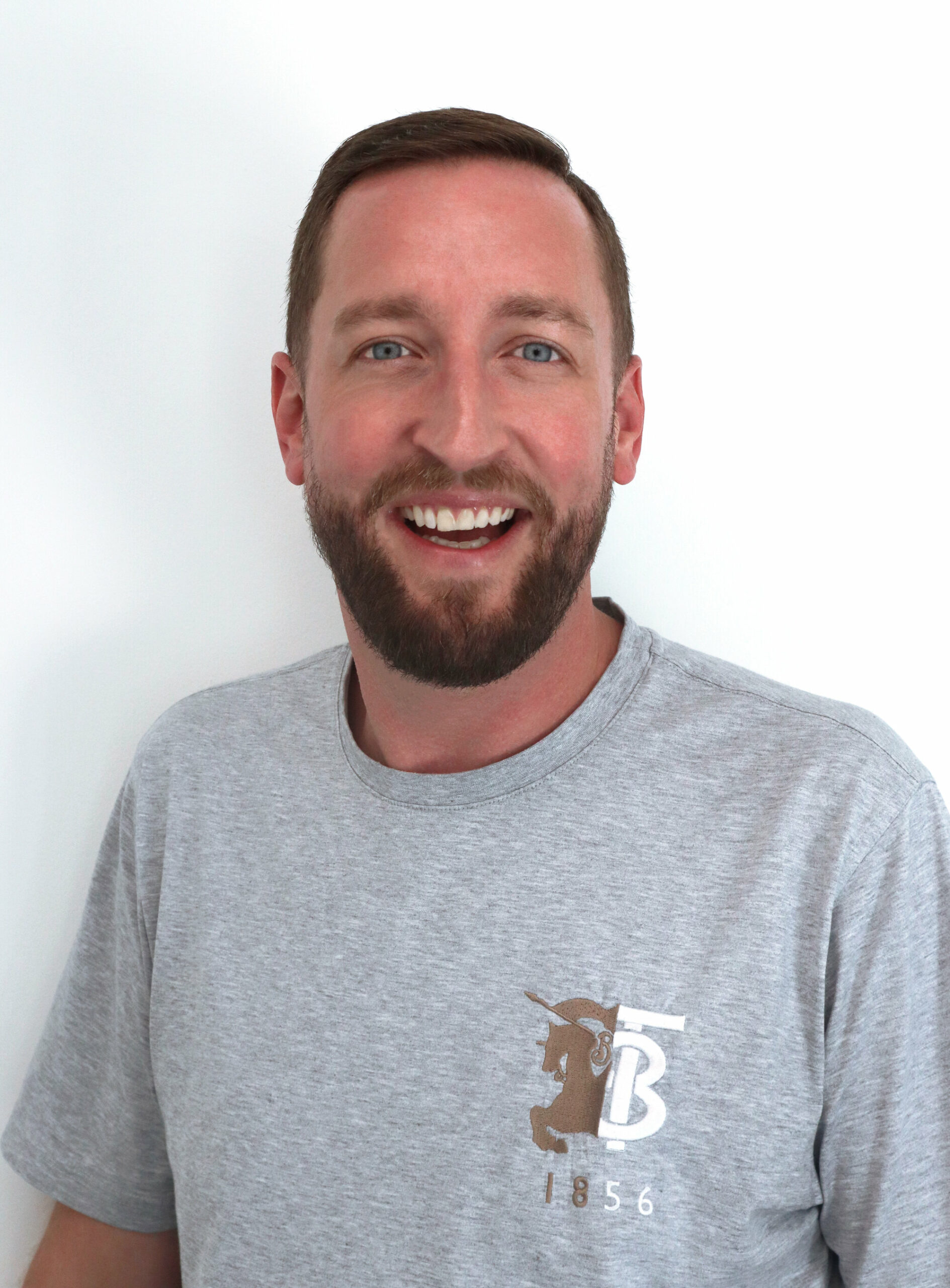
The e-tailer is currently drilling down on its target customer base as it starts building up its trove of first-party data. Its monthly return customer rate stood at about 8% when it sold through third-party marketplaces, according to Pearson. While marketing will be a priority moving forward this year, it will likely always be a challenge for a business like This Is Beauty.
“We never know what product we’re going to get,” says Pearson, who is the sole shareholder in This Is Beauty. “Is it one Huda Beauty product or is it 100? So, we have to react to almost everything. It’s frustrating because as a business I want to plan in advance, but I have to almost wait until we know what we’ve got.”
Despite its marketing challenges, the business isn’t necessarily starting from scratch when it comes to community. Pearson and his team launched a digital publication in January, also under the name This Is Beauty, that features blog posts and articles about sustainable living and the beauty industry’s effect on people and the planet. Its accompanying Instagram account currently sits at 19,000 followers. On average, it gains a few hundred followers a week, says Pearson. The new e-commerce site will be slowly introduced to the publication’s followers over the next few months with the goal to increase conversion.
Moving forward, Pearson hopes to partner with at least one big American beauty retailer this year. He also plans to start This Is Beauty’s B Corp certification process sometime next year. He states, “We’re a relatively small business, but with big ambitions.”
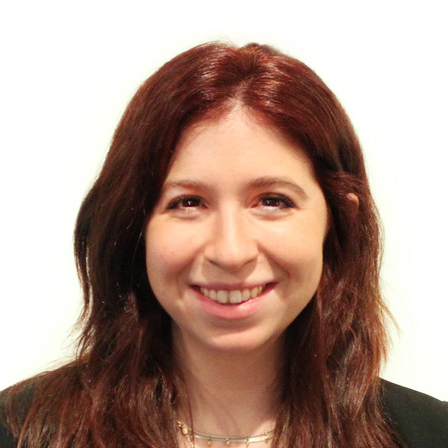
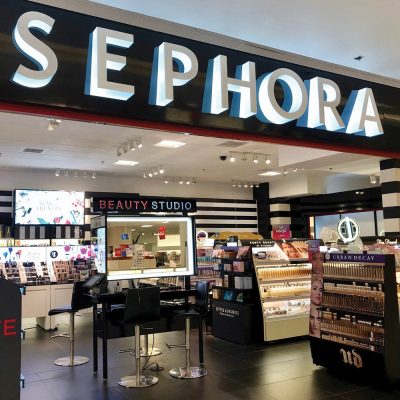
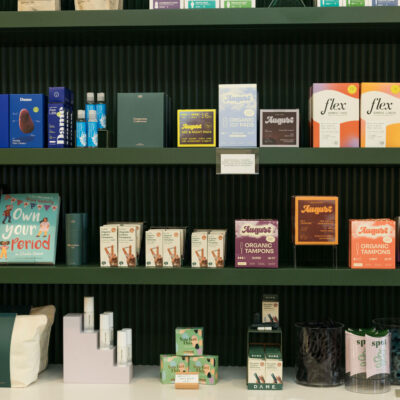
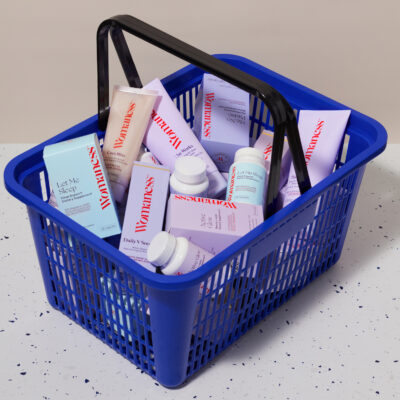

Leave a Reply
You must be logged in to post a comment.